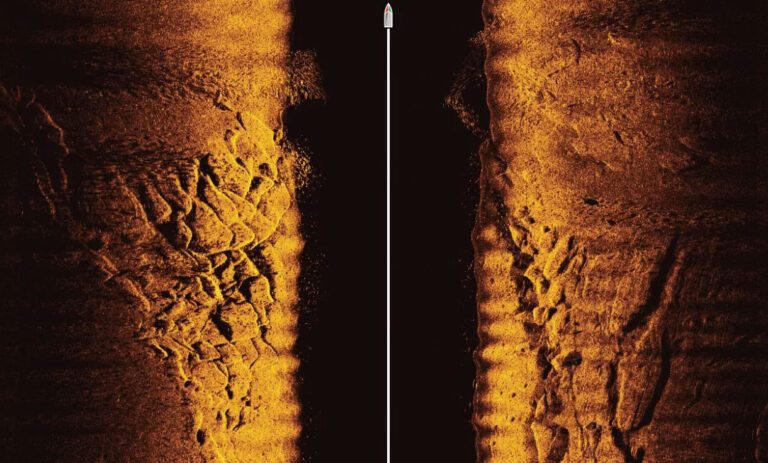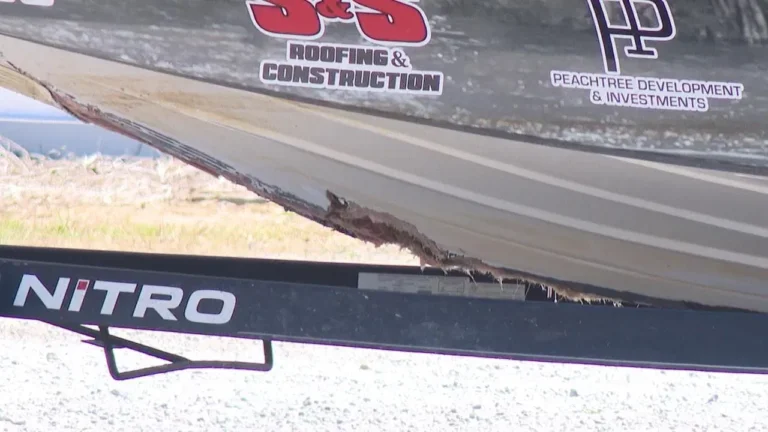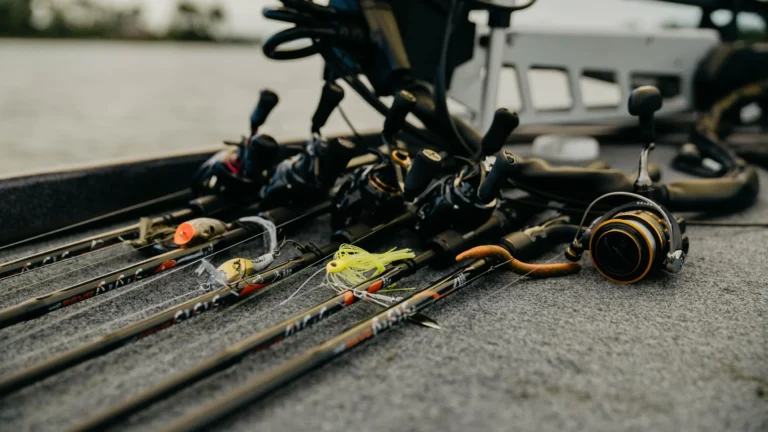Flipping and pitching are two of the most effective techniques in bass fishing, especially when you need to target fish hiding in heavy cover. Whether you’re fishing in thick weeds, around submerged rocks, or under docks, these techniques allow you to make precise and controlled casts that put your bait right where the fish are. Both flipping and pitching require skill and practice, but once mastered, they can significantly increase your catch rate. In this blog post, we’ll dive into the art of flipping and pitching, offering tips and strategies for mastering these advanced bass fishing techniques.
What is Flipping and Pitching?
Both flipping and pitching are techniques designed to present your bait or lure accurately and quietly to areas that are difficult to reach with traditional casts. These techniques are particularly useful in fishing situations where precision is key, such as when targeting bass in dense vegetation or structures like fallen trees, docks, or submerged rocks.
- Flipping: This is a close-quarters technique where the bait is dropped quietly into the water. The cast is made by lifting the rod and releasing the line using the thumb or index finger, allowing the bait to “flip” directly to the target area. It’s ideal for fishing in tight spaces and shallow waters.
- Pitching: Similar to flipping, pitching involves a controlled and accurate cast, but with more distance. The rod is held at a slightly different angle, and the line is released in a way that makes the bait “pitch” to the target. Pitching offers greater accuracy over longer distances, making it ideal for fishing docks, trees, or other structures at a greater range.
When to Use Flipping and Pitching
Flipping and pitching are most effective in situations where you need to get your bait into tight or hard-to-reach places. Here are some common scenarios where these techniques shine:
- Heavy Cover: Flipping and pitching are perfect for areas with heavy cover like submerged weeds, laydowns, or brush piles. These areas provide prime habitat for bass but can be difficult to fish with traditional casting methods.
- Docks and Pilings: Bass often congregate around docks, piers, and pilings, making them prime targets for flipping and pitching. These structures provide shade and shelter for bass, and the techniques allow you to present your bait right under them without spooking the fish.
- Shallow Water: In shallow water, where fish are often close to cover, flipping and pitching allow for a more controlled and precise approach. These techniques allow you to place your bait exactly where you want it without disturbing the water.
- Fishing in Windy Conditions: In windy conditions, these techniques help reduce the distance your bait travels through the air, allowing for better accuracy even when the wind is blowing hard.
How to Flip for Bass
Flipping involves a smooth, deliberate motion that requires precision. Here’s how to flip effectively:
1. Gear Selection:
- Rod: A medium-heavy to heavy power rod, around 7 to 7.5 feet, is ideal for flipping. The longer rod gives you the leverage needed to control the bait and make precise flips.
- Reel: A low-gear ratio reel (5.4:1 to 6.4:1) allows for slow, steady retrieval, giving you more control when fishing heavy cover.
- Line: Use strong line, such as braided line (30-50 lb test), to handle the dense cover and avoid getting snagged. Fluorocarbon is a good choice for clearer waters.
2. The Flip:
- Begin by holding your rod parallel to the water with the bait hanging just above the surface.
- Swing the rod back towards you, then quickly snap the rod forward. This motion will send your bait or lure into the target area.
- Keep your thumb or finger on the spool to control the amount of line that is released, ensuring a controlled presentation.
- Aim for specific targets, such as pockets in vegetation, edges of structure, or small openings where bass are likely to be hiding.
3. Presentation:
- After the bait lands, let it sink to the bottom naturally. The key to flipping is to get the bait to sit perfectly still in the cover where bass are likely to ambush prey.
- Use a slow, steady retrieve with subtle twitches to mimic the movement of a struggling fish or crawfish.
How to Pitch for Bass
Pitching is a bit more dynamic than flipping, and it allows you to reach targets at greater distances. Here’s how to pitch effectively:
1. Gear Selection:
- Rod: A medium-heavy or heavy rod, around 7 feet, is suitable for pitching. It should have enough backbone to cast heavier baits and set the hook with power.
- Reel: A medium to fast gear ratio reel (6.4:1 to 7.1:1) is typically used for pitching, as it provides a good balance between speed and control.
- Line: As with flipping, braided line works well for pitching, especially in heavy cover, but fluorocarbon or monofilament can also be used for clearer water.
2. The Pitch:
- Hold your rod at about a 45-degree angle and load it by pulling the rod tip down toward the water.
- In one smooth motion, snap the rod tip upward while releasing the line with your thumb, sending the bait flying toward your target.
- Unlike flipping, pitching typically covers more distance, making it ideal for reaching farther into cover.
- Try to keep the line tight during the cast to ensure better accuracy and control.
3. Presentation:
- Once your bait reaches the target, let it sink naturally. Bass tend to strike as the bait falls, so keep an eye on your line for any subtle twitches or movements.
- Use a slow retrieve, allowing the bait to move across the bottom or along submerged structures.
Flipping and Pitching Tips
- Target Specific Areas: Look for spots where bass are likely to be hiding, such as under docks, fallen trees, submerged rocks, or weed beds. Focus your flipping and pitching efforts on these areas.
- Be Quiet and Stealthy: One of the biggest advantages of flipping and pitching is the ability to make quiet, accurate casts without spooking the fish. Be mindful of your surroundings, and avoid making splashy casts that could scare away bass.
- Use the Right Bait: When flipping and pitching, the bait you use is crucial. Plastic worms, crawfish imitations, and jigs work well, as they can mimic the movement of bass prey. Be sure to use a bait that matches the local forage and water conditions.
- Practice Makes Perfect: Both flipping and pitching are techniques that require practice. Start by working in an open area with no obstacles, and gradually move to more complex cover as you gain confidence in your accuracy.
- Watch the Line: Bass often bite as the bait sinks, and the strike can be subtle. Pay close attention to any changes in your line, such as a slight twitch or slack. Be ready to set the hook as soon as you feel a bite.
Conclusion
Mastering the art of flipping and pitching takes time and patience, but once you’ve honed these techniques, they can be incredibly effective for catching bass in heavy cover. By using the right gear, practicing your technique, and targeting the best areas, you’ll increase your chances of landing a big catch. Whether you’re fishing in a dense weed bed, under a dock, or along a rocky bank, flipping and pitching will help you make the precise casts needed to put your bait right in front of the fish. So, grab your gear, get out there, and start perfecting these powerful bass fishing techniques.







